 September 2018
Debris or not debris - is that the question?
September 2018
Debris or not debris - is that the question?
...doing, I hope not only to contribute to the pertinent issues raised by Darren McKnight, whose tireless work on space debris has contributed in no small part to our current understanding of the problem, but also to lend my humble voice to a discussion...
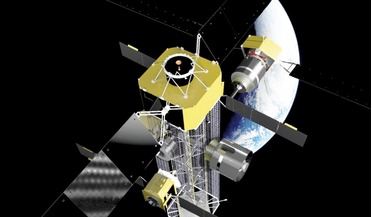 May 2019
Wake-up call for debris creation in geostationary orbit
May 2019
Wake-up call for debris creation in geostationary orbit
...) we have a problem. At the 7th European Conference on Space Debris in 2017, it was concluded that in some regions of LEO we...expected number of trackable objects suggests that other debris-on-debris collisions have also occurred. The modelling used to...
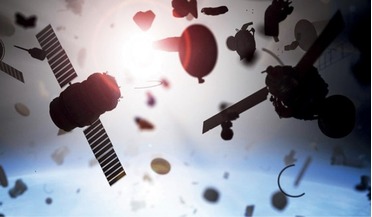 February 2018
Are we asking the right questions about space debris?
February 2018
Are we asking the right questions about space debris?
... people after an event occurs justifying that we understood the debris population and our models are correct. They are correct. ... event, or are they meaningless as a future indicator for debris growth? These are the sort of questions we continue to ...
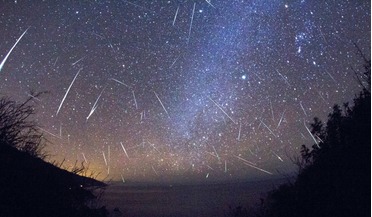 November 2019
UAE meteor and debris monitoring network
November 2019
UAE meteor and debris monitoring network
...missions, as well as a threat to planet Earth. In addition to that, current space missions are taking precautions against space debris. On 30 April 2019 (at 00:45 local time) the UAEMMN recorded a bright meteor in the northern part of the sky through...
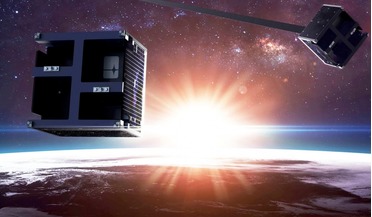 September 2020
Tackling space debris - a global priority
September 2020
Tackling space debris - a global priority
...known as Mission Shakti) on a 740 kg Earth observation satellite called Microsat-R, which added at least 400 new sizable debris objects to the population. A time history of the documented ASAT events is shown in the accompanying chart. These in-orbit...
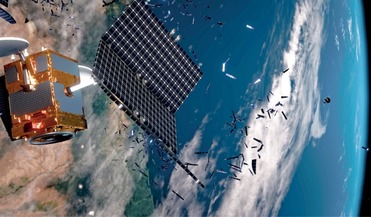 September 2017
Measuring space debris risk
September 2017
Measuring space debris risk
... fully known or disclosed, so these reported numbers may be conservative. If we estimate that the true rate for serious debris strike-related anomalies is about 10 in 10 years and compare this to the number of available spacecraft, we can get a rate...